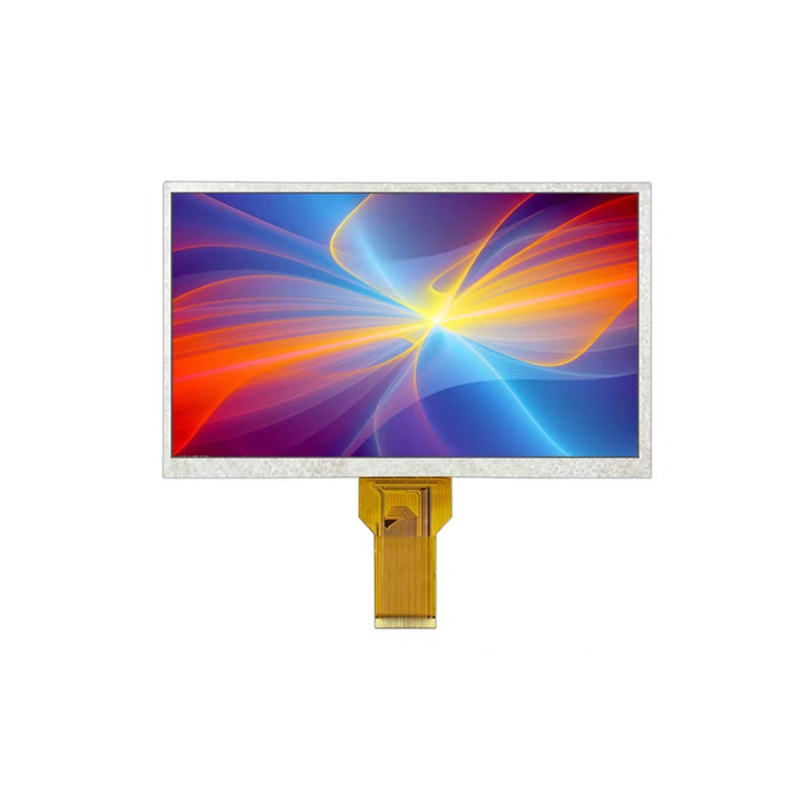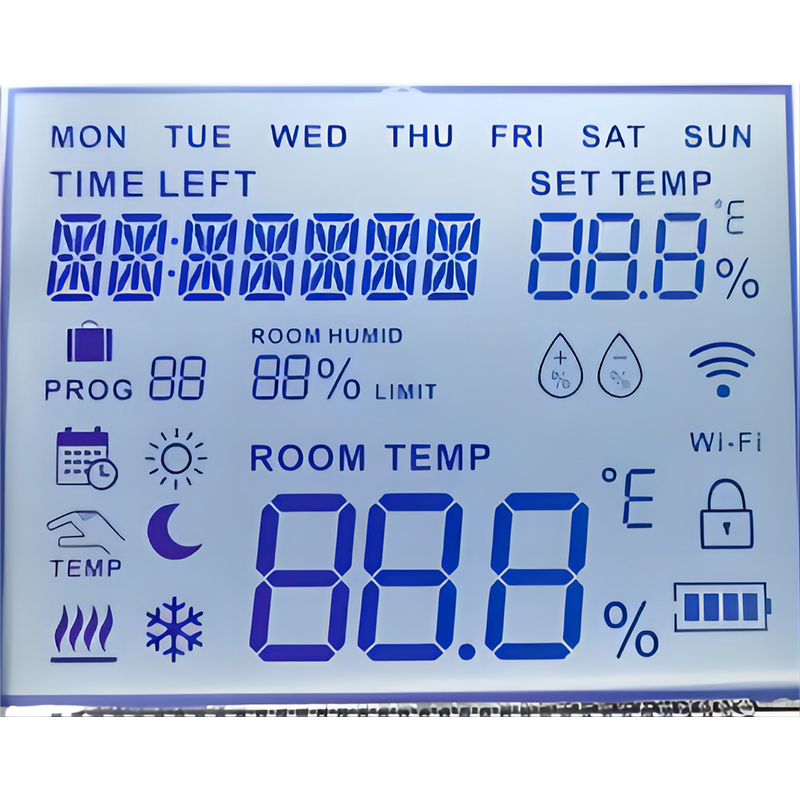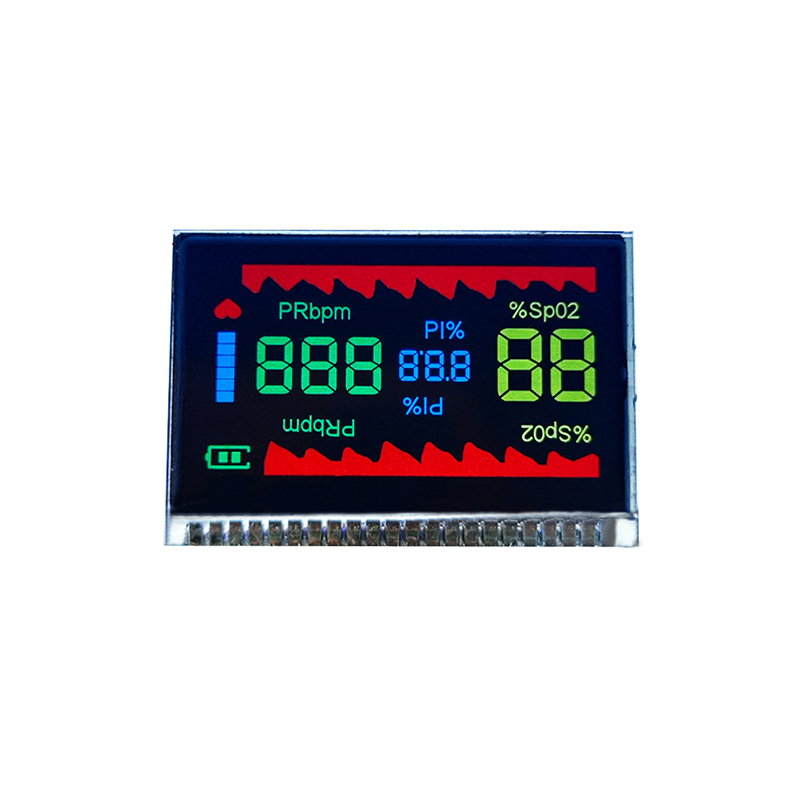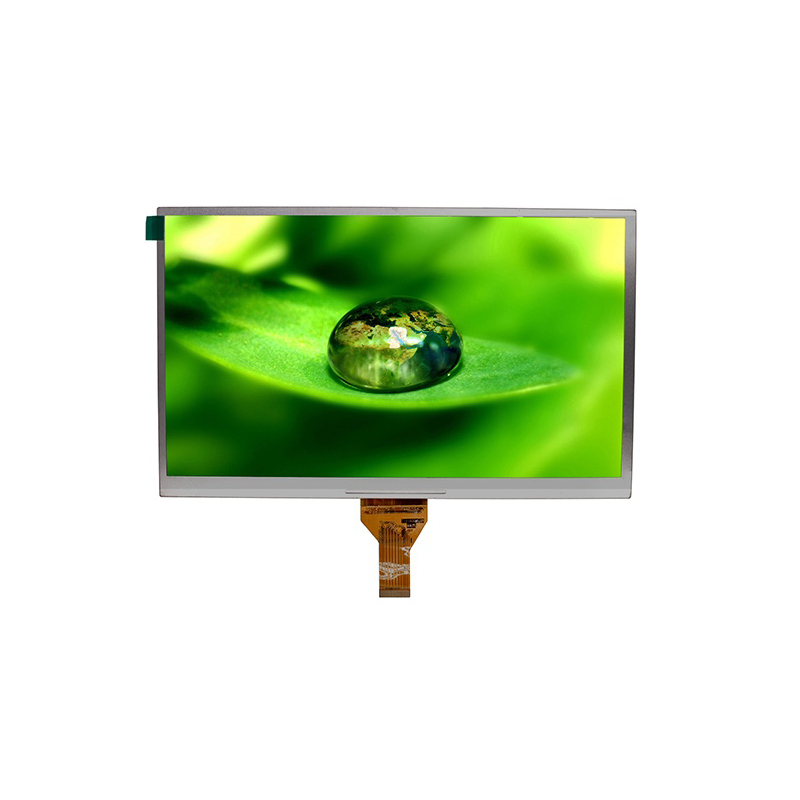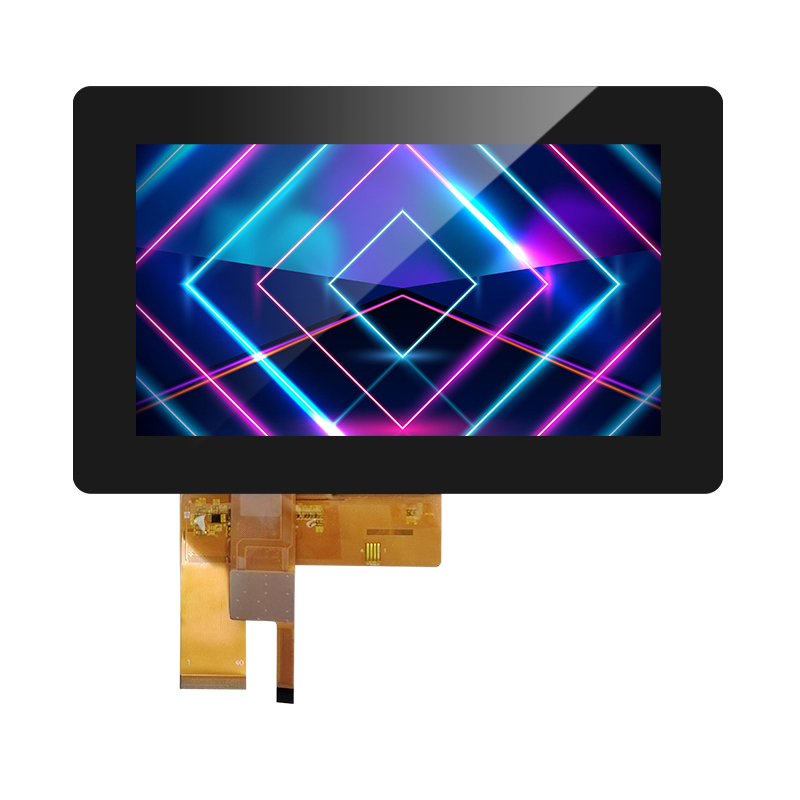IPS LCD: A Comprehensive GuideThis article provides a detailed overview of IPS LCD technology, covering its advantages, disadvantages, applications, and considerations for choosing an IPS LCD screen. We'll explore the technology behind IPS LCD displays and help you understand how to select the right display for your specific needs.
Understanding IPS LCD Technology
What is an IPS LCD?
In-Plane Switching (
IPS) is a type of Liquid Crystal Display (
LCD) technology known for its superior image quality. Unlike other
LCD technologies like TN (Twisted Nematic),
IPS LCD panels offer wider viewing angles, more accurate color reproduction, and better contrast. The liquid crystals in an
IPS LCD are arranged parallel to the substrate, allowing for better light transmission and a more consistent image across the screen. This results in vibrant, accurate colors that remain consistent even when viewed from off-center angles. This makes them ideal for applications where color accuracy is critical, such as graphic design, photo editing, and video production.
Advantages of IPS LCDs
Wide Viewing Angles: One of the most significant advantages of
IPS LCDs is their exceptionally wide viewing angles. You can view the screen from almost any angle without experiencing significant color shift or contrast loss. Accurate Color Reproduction:
IPS LCDs boast superior color accuracy compared to other
LCD technologies. They offer a wider color gamut, resulting in more vibrant and realistic colors. Excellent Contrast Ratio: While not as high as OLED technology,
IPS LCDs generally offer a good contrast ratio, leading to deeper blacks and brighter whites. Fast Response Times: Modern
IPS LCDs have significantly improved response times, minimizing motion blur and ghosting, making them suitable for gaming and other fast-paced applications.
Disadvantages of IPS LCDs
Higher Cost: Compared to other
LCD technologies like TN,
IPS LCDs are generally more expensive to manufacture, resulting in higher prices for consumers. Power Consumption:
IPS LCDs typically consume more power than other
LCD technologies. Potential for Backlight Bleed: While less common in high-quality
IPS LCDs, backlight bleed (light leaking from the edges of the screen) can be an issue in some panels.
Applications of IPS LCDs
IPS LCD technology finds applications in a wide range of devices and industries: Monitors: High-quality
IPS LCD monitors are popular among professionals and enthusiasts who require accurate color reproduction and wide viewing angles. Laptops: Many high-end laptops utilize
IPS LCD screens for their superior image quality. Tablets:
IPS LCDs are common in tablets, offering vibrant visuals for media consumption and productivity. Smartphones: While OLED is becoming more prevalent, some smartphones still use
IPS LCD technology. Medical Imaging: The accuracy of
IPS LCDs makes them suitable for applications requiring precise color representation, such as medical imaging.
Choosing the Right IPS LCD
When selecting an
IPS LCD, consider the following factors: Resolution: Higher resolution (e.g., 4K) provides sharper images and more detail. Response Time: Faster response times are beneficial for gaming and other dynamic applications. Color Gamut: A wider color gamut (e.g., Adobe RGB, DCI-P3) ensures more accurate and vibrant color reproduction. Brightness: Higher brightness is useful in bright environments. Size and Aspect Ratio: Choose a size and aspect ratio that suits your needs and workspace.
Conclusion
IPS LCD technology offers a compelling balance of image quality, viewing angles, and affordability, making it a popular choice for a wide range of applications. By understanding the advantages and disadvantages, and considering the factors outlined above, you can select the ideal
IPS LCD screen to meet your specific requirements. For high-quality
IPS LCD panels and related display solutions, consider exploring the offerings from leading manufacturers like Dalian Eastern Display Co., Ltd. (
https://www.ed-lcd.com/). They offer a wide range of options to suit various needs.




